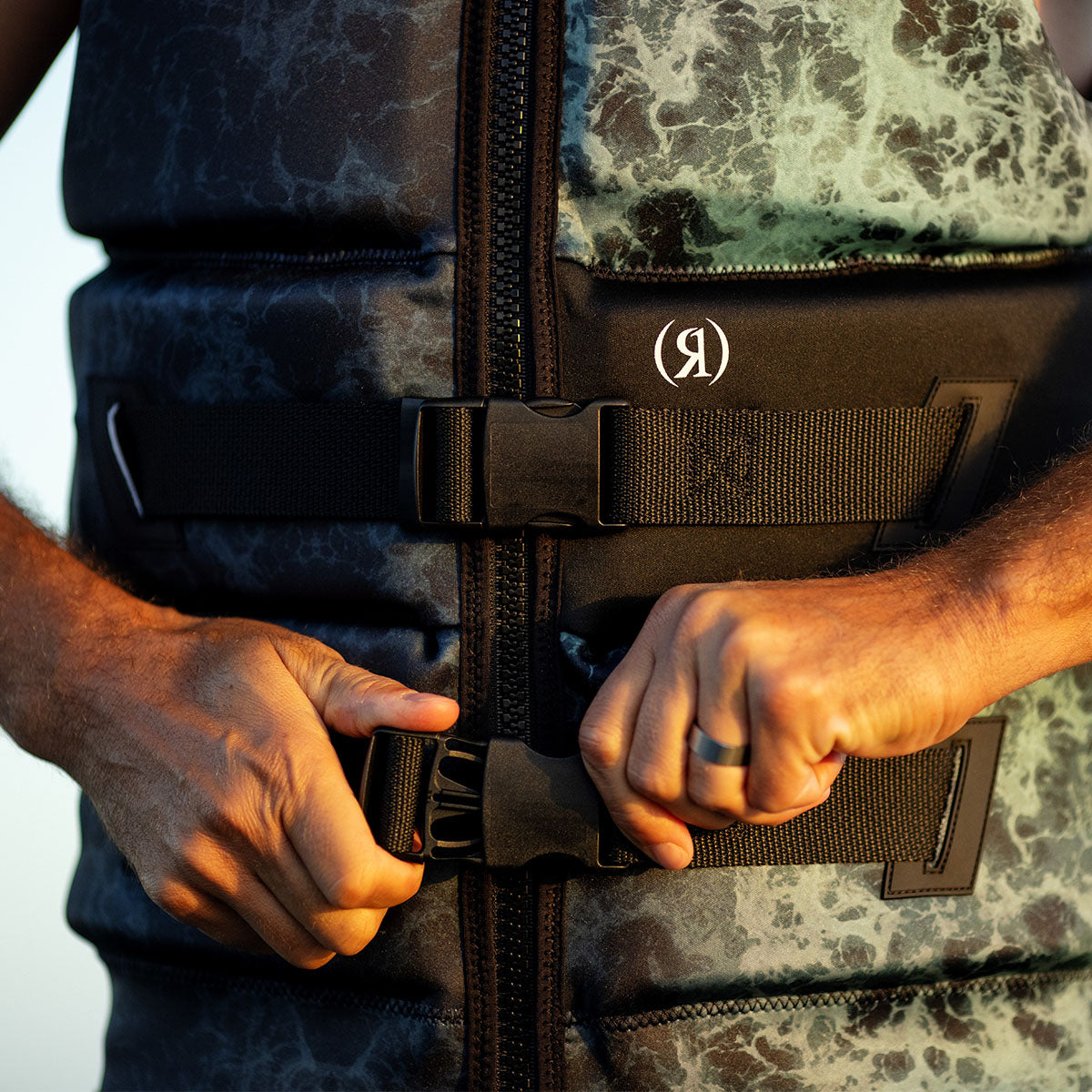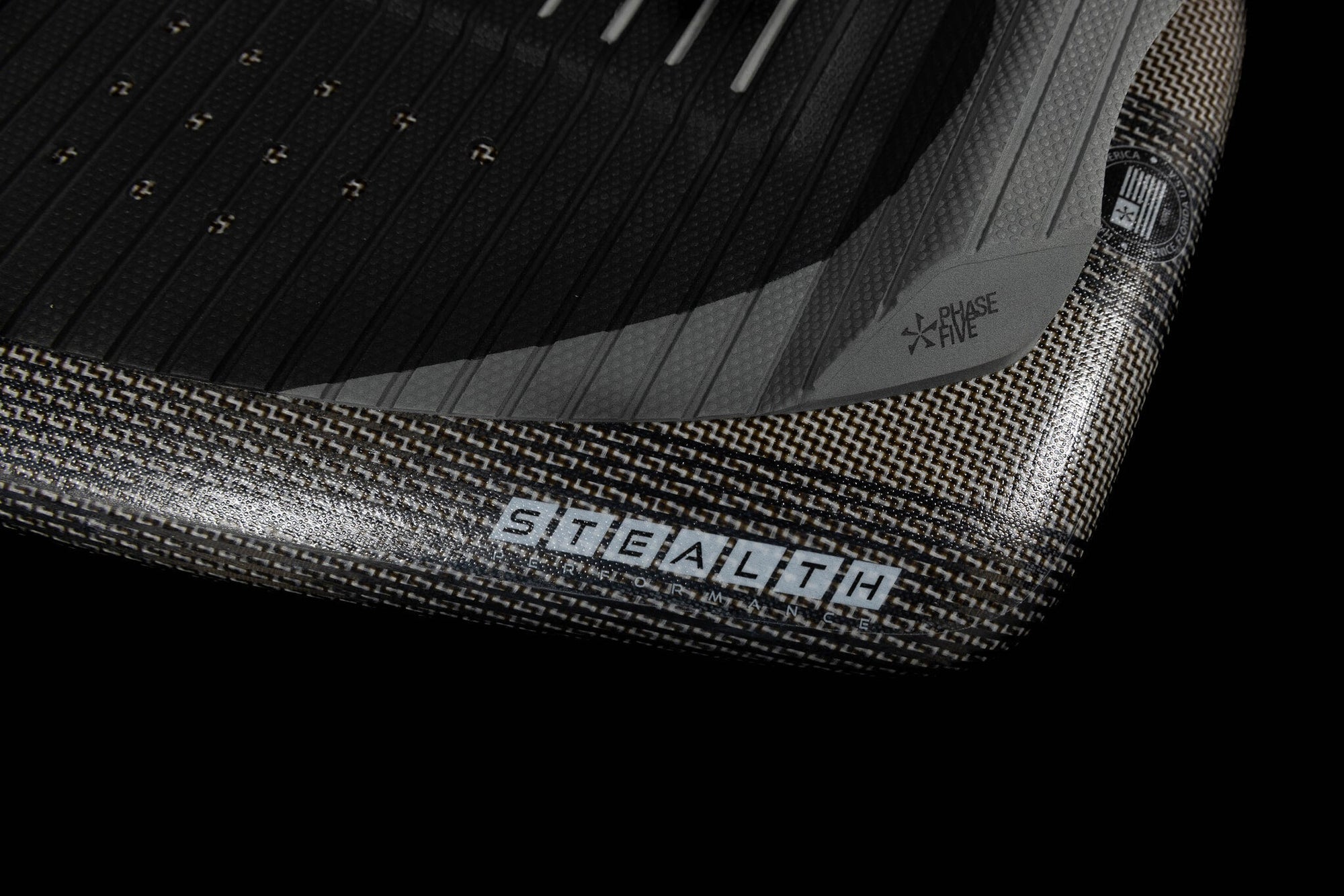Not sure which wake foil mast to buy for your boat setup? You're not alone—choosing between aluminum and carbon fiber masts is one of the biggest decisions wake foilers face when riding behind the boat. This complete wake foil mast comparison breaks down weight, stiffness, price, length, and maintenance for lake riding so you pick the right one the first time and skip costly upgrades later.
Quick Answer: Which Wake Foil Mast Should You Choose?
For beginners and budget-conscious riders: Aluminum masts offer excellent durability, crash resistance, and affordability ($199-$299 range).
For experienced riders seeking performance: Carbon fiber masts provide superior responsiveness, lighter weight, and energy efficiency ($449-$699 range).
Wake Foil Mast Materials: Complete Comparison
Aluminum Wake Foil Masts
Key characteristics:
- Weight: Heavier than carbon (typically 2-3 lbs for 24" mast)
- Durability: Excellent impact resistance, crash-resistant
- Price range: $199-$299
- Repairability: Easy repairs at local welding shops
- Best for: Beginners, shallow water riding, budget builds
Aluminum Mast Advantages:
- Excellent impact resistance for learning environments
- Crash resistant - won't crack from lake bottom strikes or dock contact
- Budget-friendly option for new foilers
- Easy repairs - local welding shops can fix damage
- Proven reliability in boat wake foiling and varying lake conditions
Aluminum Mast Drawbacks:
- Added weight reduces responsiveness
- Slightly reduced energy transfer efficiency
- Less precise feedback during advanced maneuvers
Carbon Fiber Wake Foil Masts
Key characteristics:
- Weight: Significantly lighter (typically 1-1.5 lbs for 24" mast)
- Stiffness: Superior energy transfer and responsiveness
- Price range: $449-$699
- Durability: Good, but impact-sensitive
- Best for: Intermediate/advanced riders, performance-focused riding
Carbon Mast Advantages:
- Top-tier performance with unparalleled stiffness and lightness
- Ultra-responsive feel - instant feedback and control
- Corrosion resistant - perfect for freshwater lake riding
- Energy efficient - less fatigue during long boat sessions
- Professional choice - lightweight and super responsive
Carbon Mast Drawbacks:
- Premium investment - significantly more expensive than aluminum
- Impact sensitive - chips and cracks from hard crashes
- Expensive repairs - often require professional service or replacement
- Less forgiving for beginners still learning control
Wake Foil Mast Length Selection Guide
Standard lengths for wake foiling:
- 14-18 inches: Beginner-friendly, maximum stability
- 20-24 inches: Most common for recreational riding
- 26-28 inches: Advanced riders, deeper water riding
- 30+ inches: Specialized applications, very experienced riders
Most popular choice: 24-28 inch masts provide the optimal balance for boat wake foiling across varying conditions.
Decision Matrix: Aluminum vs Carbon Wake Foil Masts
| Factor | Aluminum | Carbon Fiber |
|---|---|---|
| Durability | Excellent (impact resistant) | Good (avoid hard impacts) |
| Weight | Heavier (2-3 lbs) | Lighter (1-1.5 lbs) |
| Responsiveness | Good | Excellent |
| Price | $199-$299 | $449-$699 |
| Repairability | Easy/Local | Difficult/Expensive |
| Best for | Learning/Budget | Performance/Advanced |
When to Choose Each Material
Choose Aluminum If You:
- Are new to wake foiling (first 6-12 months)
- Ride in shallow or variable-depth lakes
- Want maximum crash resistance during learning
- Prefer budget-friendly equipment
- Need easy repairability for active use
Choose Carbon Fiber If You:
- Have mastered basic wake foiling skills
- Prioritize lightweight, responsive performance
- Ride primarily in deep, clean water
- Want maximum energy efficiency for long sessions
- Are ready to invest in premium equipment
Wake Foil Mast Maintenance Requirements
Aluminum Mast Care:
- Rinse thoroughly after each lake session
- Monthly bolt tension checks
- Annual marine grease application
- Dry storage during off-season
Carbon Fiber Mast Care:
- Post-session impact inspection
- Careful bolt torque (avoid over-tightening)
- UV-protected storage
- Carbon-safe cleaning products only
Frequently Asked Questions About Wake Foil Masts
Q: Can I upgrade from aluminum to carbon later?
A: Yes, most wake foil systems use universal mounting systems, making material upgrades straightforward.
Q: How long do wake foil masts typically last?
A: Aluminum masts: 5-10+ years with proper maintenance. Carbon masts: 3-7 years depending on usage and impact frequency.
Q: What's the performance difference between materials?
A: Carbon fiber provides approximately 20-30% better energy transfer efficiency and significantly improved responsiveness compared to aluminum.
Q: Is carbon fiber worth the extra cost for beginners?
A: Generally no - beginners benefit more from aluminum's durability and forgiveness while learning fundamental skills.
Expert Recommendations by Skill Level
Beginner (0-6 months): Start with aluminum 20-24" mast for learning stability and crash resistance.
Intermediate (6-18 months): Consider upgrading to carbon 24-26" mast as skills improve and performance becomes noticeable.
Advanced (18+ months): Carbon fiber 26-28" masts provide maximum performance for experienced riders.
Wake Foil Mast Pricing and Value Analysis
Aluminum masts offer:
- Lower initial investment
- Reduced replacement costs
- Better value for learning phase
Carbon fiber masts provide:
- Higher performance per dollar for experienced riders
- Reduced fatigue during long sessions
- Professional-grade responsiveness
Ready to choose your wake foil mast? Consider your skill level, riding conditions, and performance goals when making this important decision for your wake foiling setup. Contact our wake foil experts for personalized recommendations based on your specific boat and riding style.



